From affordable brass and copper to precious platinum and gold, jewelry has been crafted in every metal you can imagine. The metals I use in my designs are copper, argentium silver, NuGold, brass, iron, aluminum, and surgical steel. Each type of metal has its own versatile properties. It’s important to know the unique nature of each kind of metal to know what is right for you and that your piece lasts for years to come.

Non-Precious Metals
Non-precious or base metals are metals that are relatively abundant and therefore low in value and oxidize or react to chemical exposure. This includes metals that are non-ferrous, meaning they contain no iron.
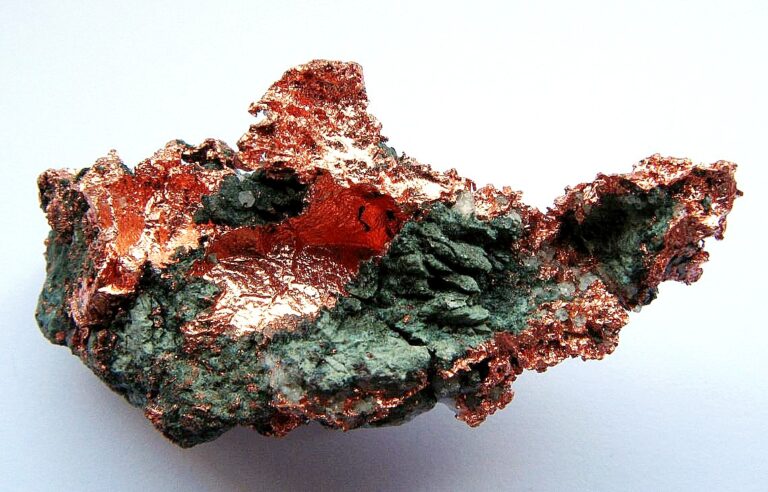
Copper
Copper is the first metal crafted by jewelers in ancient civilizations dating back as far as 8,000 BC. The warm, rosy glow of copper makes it a gorgeous and favorite choice for jewelry. Copper can be used straight out of the earth, also known as a “native metal”. This metal is used as the base of many alloys like brass, bronze, silver, and gold. Copper is affordable and extremely easy to work with. It’s soft when heated to bend into any shape, and strong once work hardened and cooled.
There are a few disadvantages to this lovely metal. Copper tends to oxidize over time, also known as patina. Think of the Statue of Liberty, Lady Liberty got her beautiful turquoise hue because of the salty, moist air coming in contact with her copper surface. It’s easy to polish off patina however, with a mixture of dawn dish soap, baking soda, warm water, and a brass brush or toothbrush. Copper can also turn the skin green when worn for long periods but is easy to wash off with warm water and hand soap. To avoid oxidation, copper jewelry is usually covered in clear lacquer. This creates a thin, but durable layer across the entire surface of the copper to protect it against oxidation. It will wear off over time depending on how often the jewelry piece is worn, and overall care of the item. This clear lacquer can be reapplied once it rubs off.

Brass
Brass is an alloy of copper and zinc that is a beautiful shade of yellow-gold and offers an affordable alternative to precious metals. This metal is durable and won’t corrode over time. Brass may oxidize and turn green due to its copper content but it’s easy to polish just like copper. A mixture of dawn dish soap, baking soda, warm water, and a brass brush or toothbrush will brighten the brass right up. Brass may turn your skin green but it comes right off with warm water and hand soap. Most brass jewelry is covered in a clear lacquer to protect the metal against oxidation. It will wear off over time depending on how often the jewelry piece is worn, and overall care of the item. Some brass alloys may contain small amounts of lead or nickel, so those with metal allergies should be cautious and make sure the brass item is covered in lacquer to protect the skin.
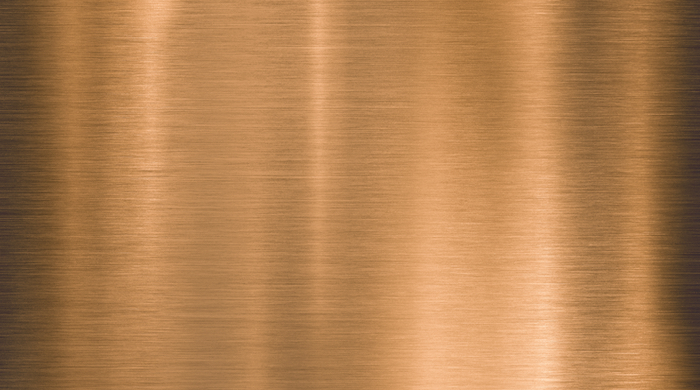
Bronze
Bronze is an alloy of copper, tin, and zinc and closely resembles brass. This metal has a warm, brownish-gold tone and has been used for thousands of years. Like brass, bronze is strong, durable, and offers an affordable alternative to precious metals. Bronze is great for detail work like chase and repousse, the art of sculpting metal with hand tools. Bronze will tarnish or change color over time but like brass, or any alloy containing copper, can be remedied with a clear coat of lacquer or a good polish. Because bronze may contain nickel and aluminum, so those with metal allergies should be cautious and make sure the item is covered in lacquer to protect the skin.

NuGold
NuGold is a type of brass that has a higher percentage of copper than standard brass. It’s an alloy that contains 85% copper and 15% Zinc. NuGold has a unique yellow cast, similar to that of real gold. Also known as “Jeweler’s Bronze” and “Merlin’ Gold”, the exterior of NuGold features a rich, warm hue. Due to the higher copper content, NuGold generally has more of a reddish color when compared to traditional brass however. Many compare it to the color of 14K gold alloy. Also referred to as 230 alloys, this brass alloy is rated excellent for hammering and soldering applications. These factors make it a favorable choice for jewelry designers. It is the perfect type of jewelry metal for those allergic to nickel, as it contains no traces of this element. NuGold tarnishes considerably slower than copper and brass but still needs a layer of lacquer to protect it’s beautiful golden shine.
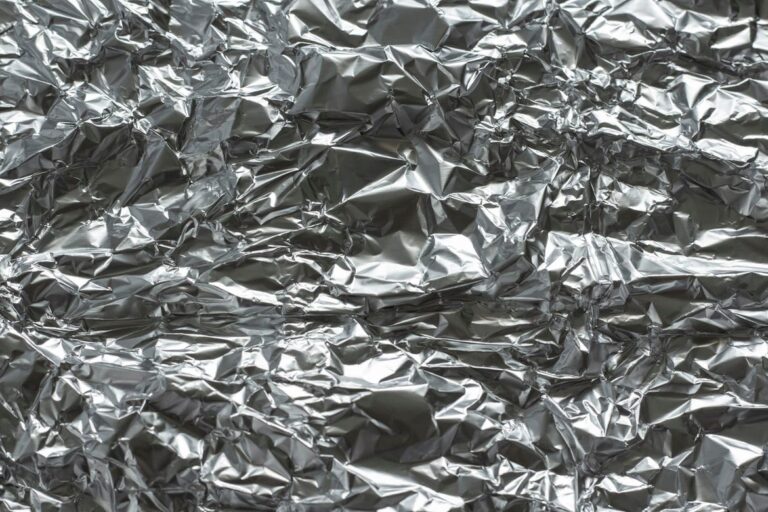
Aluminum
Aluminum is a bright, silvery metal that is light, malleable, affordable, and one of the most common metals on earth. The malleability of aluminum allows designers to form aluminum into nearly any shape desired, which makes it a favorite amongst jewelers. One downside is that because of its low melting temperature, aluminum cannot be soldered.
This metal is considered “stable”, meaning it does not tarnish or corrode, even when exposed to hard water. Aluminum is extremely light but durable and can be used to create large, but light pieces of jewelry. Aluminum also has the unique ability to be anodized, which is an electrochemical process that converts the metal surface into a decorative, durable, corrosion-resistant, anodic oxide finish. Aluminum is a great metal to consider for anyone with allergies or sensitive skin and doesn’t need any kind of protective clear coat because it doesn’t oxidize, tarnish, or corrode!

Niobium
Niobium is a silver-gray element on the periodic table, and like aluminum, is corrosion-resistant and hypoallergenic. Niobium is as strong as titanium and used as a component of alloys used in jet engines, oil rigs, and other industrial applications. Niobium is common in smaller jewelry pieces like rings and earrings and is very popular because of its ability to anodize, just like aluminum, and comes in an array of bright colors like blue, red, pink, green, and violet. This metal doesn’t tarnish or corrode so no worries about a clear coat or your beautiful piece ever changing color.

Stainless Steel
Stainless steel offers an affordable choice for people who love silver-toned jewelry. Stainless steel it is an alloy of chromium, nickel, titanium, and copper. Stainless steel resists corrosion which means that it’s a great choice if you’ll be exposing your jewelry to chemicals and daily wear. Compared to precious metals, stainless steel is far less expensive. Stainless steel is quite durable when compared to many other metals as well. You’ll find many items in stainless steel, including rings, earrings, watches, bracelets, and more. Due to it’s overall hardness, this metal cannot be resized so keep that in mind if you’re mulling over that stainless steel ring. Those with metal allergies may find stainless steel problematic. Since nickel is often included in the alloy, it’s best to avoid stainless steel if you are sensitive to metals. Surgical steel is a great alternative to those with allergies since it’s a type of stainless steel that is the most corrosion resistant and lacks those metals in the alloy that causes allergic reactions.
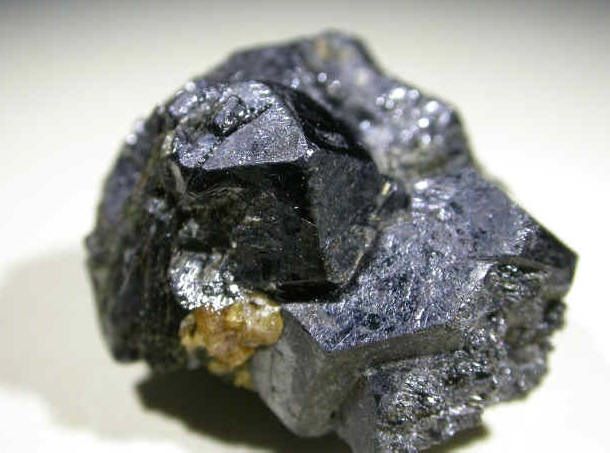
Titanium
Titanium is a that metal is 45% lighter than steel, but durable and strong, so it’s a good choice for items you plan to wear often. It doesn’t bend easily, and it resists scratching and abrasion. Jewelry pieces crafted from titanium resist tarnishing, so you won’t have to perform a lot of upkeep on these items. Titanium can also be anodized to nearly any color desired. This type of metal is affordable compared to precious metals like platinum and gold. You can purchase pure titanium jewelry or titanium alloys that contain other metals. If you have a metal sensitivity, pure titanium is a better choice. Titanium’s biggest disadvantage is that it is difficult to work with. This means that it isn’t easy to resize rings or other size-specific pieces.
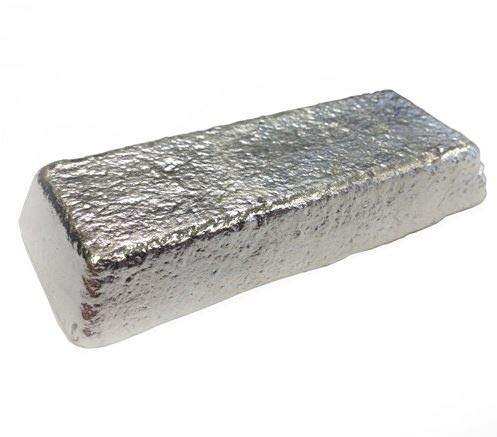
Pewter
Pewter is an alloy of tin and copper that has a soft, silver-gray color. Pewter is easy to work with and has a very low melting point. It’s great for cast pieces because of its low melting point and at one time used to be one of the most favoured metals because of this property. If you’re considering pewter jewelry however, there are a few potential disadvantages to keep in mind. For example, pewter can be prone to denting and damage, since it is so soft, and is therefore not durable for everyday wear. Additionally, vintage pewter jewelry often contains lead, which is toxic. Modern and vintage pewter alike may bother people with metal allergies so it’s best to be cautious when purchasing or wearing pewter jewelry.
Precious Metals
Precious metals are rare and therefore valuable, naturally occurring elements. Precious metals or noble metals, tend to be less reactive than most elements and therefore do not corrode. They are usually ductile and have a high lustre.
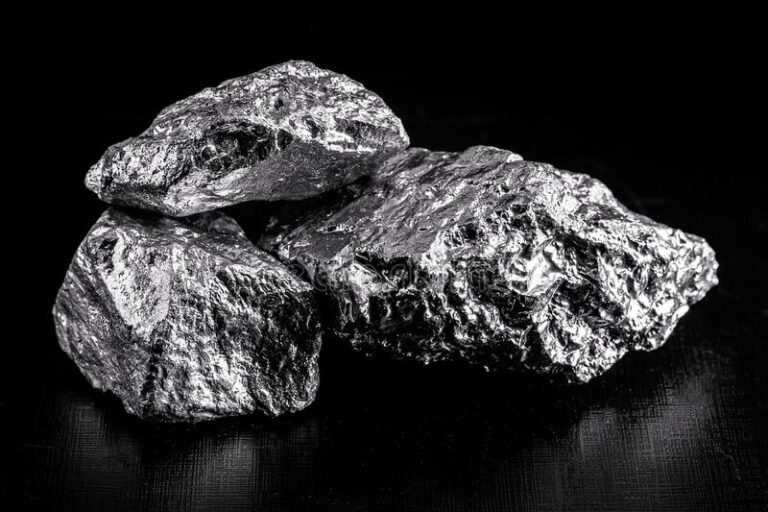
Silver
Silver is a beautiful, white metal that is extremely malleable. Silver is very soft, so you’ll never encounter pure silver jewelry. Instead, you’ll see alloys like the popular sterling silver, which is 92.5% silver and 7.5% copper, tin, and nickel, and newer alloys like argentium silver that is 93% silver and 7% germanium. Sterling silver has been used for centuries and is a go to for most jewelers. However, because of sterling silver’s alloy with copper it is prone to tarnish and is a constant upkeep for jewelry.
Alloys like argentium silver were created without copper to reduce tarnish, oxidation, and offers a more hypoallergenic alternative to sterling silver. You may also encounter silver-plated and silver-filled pieces. These items feature a layer of silver on the surface of the piece. Silver-plating creates a very thin layer, which is easily damaged. Silver-filled items are more durable, since they have a thicker layer of silver. Depending on the alloy, silver has a similar upkeep to copper.
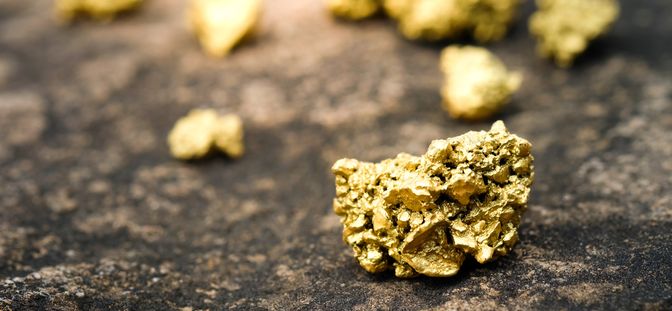
Gold
Gold is one of the most versatile and loved metals for jewelry. This alloy is incredibly malleable and one of the most precious, rare, and expensive metals on the planet. Gold comes in different karats, 10k, 14k, 18k and 24k. The larger the karat, the more gold content and therefore the softer the metal. So it’s best to say have a gold ring in 18k and a necklace in 24k. Because gold is such a costly metal, many pieces are gold-filled or gold-plated. Plating is the process of a thin layer of gold being applied over a less expensive base metal like copper, silver, or brass. Items that are gold-filled have a much thicker layer of gold than pieces that are gold-plated and usually over silver. Solid gold is hypoallergenic; however, some gold alloys can bother people with metal allergies. Rose gold is a popular gold alloy made using a high copper content to get that rosy glow. This alloy is prone to oxidation because of the copper so some care is necessary for Rose Gold.
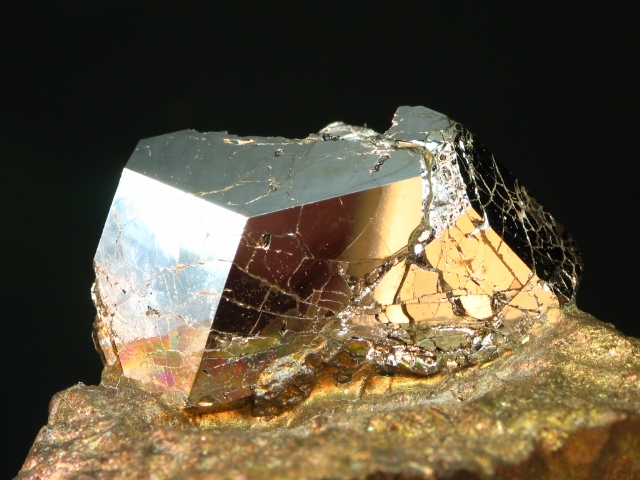
Platinum
Jewelry-grade platinum is usually an alloy of 95% platinum and 5% ruthenium or iridium. Cobalt and copper are also used in the alloy. Platinum is one of the most desirable jewelry metals. It has a beautiful white color that does not corrode or require polishing. This metal is rare, very valuable, and one of the strongest metals on the planet. Because it is so rare, platinum is one of the most expensive choices for jewelry but like gold, is seen as a lifetime investment. Because Platinum is an alloy, this can cause problems for metal-sensitive people depending on what other metals it is mixed with such as copper, cobalt, gold, iridium, palladium, and ruthenium.

Palladium
Palladium is an alloy of 95% palladium and 5% other metals. Depending on what other metals are used, allergies could be an issue for sensitive people. This is a white precious metal that is becoming a popular choice for jewelry. Palladium is durable, which makes it a good choice for rings and other frequently worn jewelry. It is more affordable than gold or platinum. Palladium is lighter than platinum, which means it can be used for substantial pieces. It is also slightly harder than platinum, which means it can stand up to dings and dents better.
